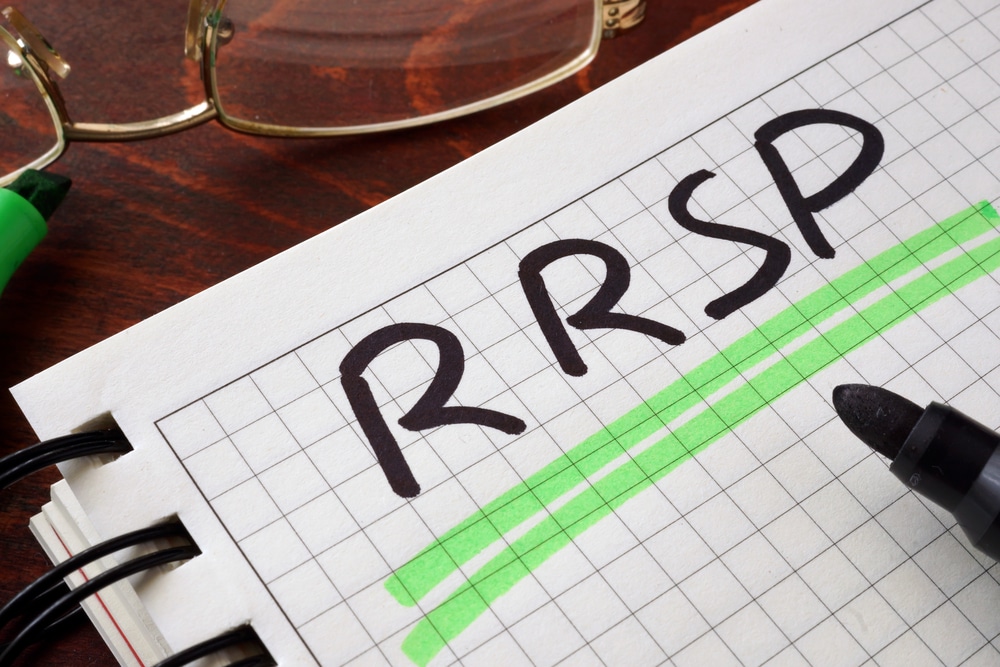Locked In Retirement Accounts (LIRAs) were created to transfer vested pension funds that you take with you if you leave your employer prior to retirement, such as when you change jobs.
The commuted value of the pension is transferred to a locked-in plan and must remain locked-in to be available when you retire to provide a lifetime income.
Generally, accumulated savings in a Locked in RRSP cannot be to transferred to a regular RRIF or withdrawn as a lump sum. They are transferred to a Life Income Fund, a Locked in Retirement Fund or a Life Annuity.
Do You Have a Locked In RRSP?

Pension Legislation
All the provinces and the federal government have different rules with locked-in accounts regarding minimum withdrawals and the age you can start to withdraw the money after transferring to a LIF. One difference from regular RRIFs is that there is a maximum amount that can be withdrawn annually so as not to deplete the account too soon.
Different provinces have different names for their plans.
- Locked in Retirement Account / Locked in RRSP
- Restricted Locked-in Savings Plan
- Life Income Fund
- Locked-in Retirement Income Fund (Newfoundland)
- Prescribed Retirement Income Fund (Saskatchewan and Manitoba)
- Restricted Life Income Fund
The legislation applies to the province where the pension was set up. So, if you worked in BC and your company’s Head Office is in Ontario, you likely are under Ontario legislation. Some people, such as government employees, may be under federal legislation. Don’t assume you know. Ask your former employer or consult your pension agreement for details.
Unlocking The Funds
One of the major problems with a locked-in account was that people did not have access to their money if they really needed it. Because of the subsequent pressure put on the governments, many provinces have now introduced rules to permit a little more flexibility.
Related: Unlocking funds from a LIRA due to financial hardship
Some provinces provide for a one-time unlocking of funds.
- Albertans over the age of 50 can unlock up to 50% when their funds are transferred from a LIRA to a LIF. This money can be transferred into an RRSP, RRIF or taken in cash.
- Manitobans have a similar option but must transfer the unlocked money to a PRIF
- Ontarians can unlock up to 50% within 60 days of transferring their money into a LIF.
- In New Brunswick, individuals can unlock up to three times the maximum annual withdrawal of a LIF up to a limit of 25% of the value of the LIF.
- Individuals with federal pensions can do the same as Albertans but must be age 55 or over.
This is a one-time opportunity. You can unlock less than 50% but you won’t be able to take the remainder at a later date.
The benefit to unlocking the funds is that you have more flexibility to withdraw the funds when you want them without being limited to the maximum amount. If the money is transferred to an RRSP there are no immediate tax consequences.
If you already have a LIF or LRIF and you live in Ontario you can also take advantage of this option if you wish. Decide fast though. The deadline to act is April 30, 2012 and then the opportunity will be lost.
Other Ways To Access a Locked in RRSP
If you have a small balance in your LIRA you may be able to withdraw all the money. Most provinces allow this but may have different dollar amount and age restrictions. Make your request at your financial institution.
Likewise, you may be able to claim financial hardship. You may need the money for medical expenses or rent payments, for example, but be prepared to prove the need. However, not all provinces offer this option.
Taxes and Fees
Be aware of any fees that may be charged by your financial institution or the investments (such as some mutual funds) when withdrawing from your locked-in account. Also, income tax will be withheld at the time of withdrawal and you may have to pay additional tax when you prepare your tax return.
Keep in mind that withdrawing any money may affect your eligibility for government benefits.
In Conclusion
Consider your options when looking into withdrawing from your locked in RRSP. They are intended to provide you with retirement income for life and withdrawals could have a negative impact on your future.